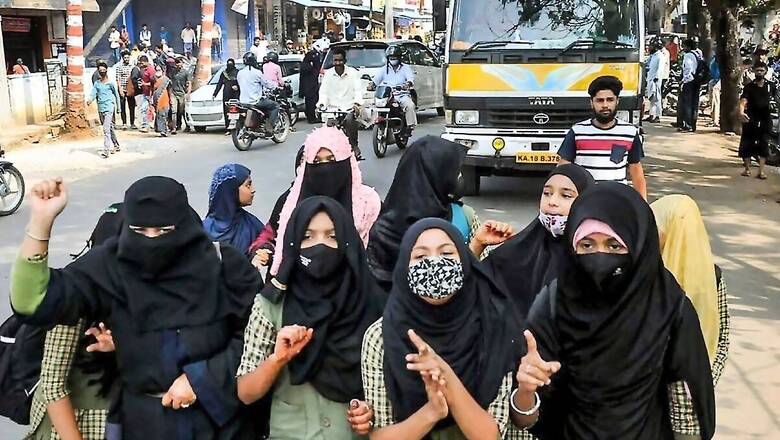
views
A graduate from an affluent Gujarati family was in love with an illiterate young man from a different religion, who spent his time living off his parents’ money and abusing them. The girl was very depressed and wanted to die. She loved the man in spite of all the trashing she received from him. As a psychologist explored her in detail and looked beyond the obvious, the stories of child sexual abuse emerged. The wounds were deep and she believed that her body was ugly, dirty and cheap. She fell for this guy who simply exploited her and also took her to religious places of his faith. The demons inside her brain played games and she was a victim of a false judgement.
The man moved the court to meet her in the hospital where she was admitted for treatment but was denied permission. The woman, today, is married and settled with a child. If she could have shared her story of abuse with her parents and gotten help, her definition of love would have been so different. A deeper understanding of such individuals helps unravel the mysteries of minds that are slain with wounds, hidden in the deepest crevices of the brain and the being.
‘The Kerala Story’ explores the confessions of the victims who were groomed for an agenda, in a linear fashion alone, without delving into the fathomless trauma pits of the characters in childhood, if any. It is a film made on terrorism, and that rekindled my memories of true stories that echo the narratives in the movie, not completely, but to a small extent. To me, the movie is not about religion but the indoctrination of people from both the Muslim and the Hindu communities, with a religious tool that was twisted to suit the clandestine operators. Remember, both Hindus and Muslims died in the well-oiled and hugely financed endeavour of war. Since time immemorial, ideology, religion and other narratives have been used to perpetuate violence, control and hegemony. The British and the Mughal invaders practised that in India, Mao in China and Stalin in USSR. The Aboriginals faced torture in Australia and the Red Indians in the USA. Both the latter groups were converted to a new faith. An evangelical preacher from the West was killed by the tribals in the Andaman and Nicobar Islands where he went to preach a different doctrine. History is replete with a million similar examples.
I can never forget the tears in the eyes of a 55-year-old lady who had to throw the idols of all her Gods into the sea as an evangelical group her husband believed, told her to do so. Such associations are mushrooming across the country and they ‘steal the flock’ from many other faiths through the tools of supposed group healing practices. A rich Punjabi man had made heavy losses in his business and found solace accidentally in this congregation. His daughter, who wanted to go abroad and was finding it difficult, suddenly got admission to a prestigious college in the US, thanks to the efforts of the group members. “Why do you pray to many gods, focus on one” and “My God is more powerful than yours” are the USP propaganda statements of such groups, who preach hate against other religions and the susceptible succumb.
God is the finest imagination of man and manufactured religions are its bullock carts, taxis, aeroplanes and trains. The desire to understand the cosmic truths, the finite journey of the human body and the million different mysteries in the universe, gives religion its credence, legitimacy and respectability. The revered individuals around whom faith thrives are the manifestations of the perceived truth but the organisations created across them mimic transnational corporations with all their attributes of innovation, politics, power and an ideology that needs to be sold at any cost.
One of the tallest institutions in the country had asked me to examine a young engineer, the daughter of a high-ranking professional years ago, who ran away with an unemployed driver from a different religion living in a slum, bereft of any civic amenities. In fact, his mother begged for her daily living.
The girl did extremely well in her engineering course and towards the 8th semester, she experienced severe sadness, crying spells, and felt hopeless, useless and a burden to the family. In this state of mind, the girl started talking to a man who used to hang around the college gate. Her friends warned her but she did not listen. Her parents vigorously were looking for a cause for her illness and did not seek treatment. Here one forgets that fracture of the mind or depression may not always have a trigger or a tangible reason but families wrongly believe in the ‘root cause’ theory for any disease. In this state of mind, she ran away without a thought and got married to the man. She did not come to see her parents till the father complained to senior government officials. He got her custody for some time. The girl was treated for depression with medications and counselling. She realised her folly and applied for a divorce but then the parents made a very big mistake. Finding her better and amenable to reason, they stopped the treatment. In the meanwhile, the man’s sister kept calling the girl repeatedly and one day, she again ran away to her husband. Her mental illness relapsed and her mind fell into the farthest dungeons of depression. She never came back.
There are a million girls and boys who elope with the wrong guy or girl because of mental health reasons such as low self-esteem, severe unhealed trauma, depression, emotional distress and major family conflicts and I have examined many of them. This may not be visible to the non-discerning minds but the event is then analysed by the world through the lens of religion, crime, cheating, black magic, value crisis, gadgets, bad influence of friends and others. This may happen between people of the same faith, caste or between different castes but when it is inter-religious, the socio-political dynamics are different.
A 47-year-old girl from a South Indian background was slowly befriended by a younger man from a different religion. She was extremely down after she lost her husband following a prolonged illness. Slowly, she began wearing the attire related to the doctrine that he practised. Her eyes opened when the man asked her to stop talking to everyone in the locality and only to those of his faith. She was alerted to this red flag and came back to her senses. The sense of loneliness she experienced was the reason for her irrational attraction.
In a world afflicted by globalisation, large numbers find it difficult to build a network of safe spaces where they can share their woes while being simply emotionally nude. Such groups when present act like a buffer and a fact-checking collective. In a research study named ‘Religious Conversions in 40 Countries’ quoted in the Journal for the Scientific Study of Religion (2010), findings state that “Religious-conversion rates are positively related to religious pluralism (secular countries where many religions are practised are more vulnerable), negatively related to government restrictions on religious conversion; positively related to levels of education; and negatively related to a history of Communism. Conversion rates are not related to per capita GDP, the presence of state religion, and the extent of religiosity.”
I have visited several small prayer groups in the country to understand the sudden religious shifts among the people involved. I see the priests there are very dynamic and animated. They know each member thoroughly and offer to resolve their issues of life and health. Close contact with the priest and the dependence on him for problem-solving are the magnets for many. Charismatic prayers give them a high and the glue to stick to each other. The members are largely distressed and vulnerable and being in the small group provides them safety, security and a sense of belonging. The epidemic of angst and alienation across the country has led to large-scale conversions. Angst makes one cling to any felt structures that provide solace, empathy, security and comfort. The stress perceived on a day-to-day basis is generally addressed by these sects. The anxiety of globalisation and life stressors leads to emotional blinding and hence, irrational false claims of such priests are believed. Programs held by them, where they show false miracles on the stage such as a disabled man suddenly walking etc, are believed by the distressed and the vulnerable. Social media speeches also have been found to lead to religious conversion. “Intense desire to change their religion (interest generated after watching YouTube videos and listening to speeches on the smartphone), consequently led to interpersonal problems and psychopathology” as per the article, ‘The Complex Interaction between Religion Conversion, Technology, and Psychopathology’.
Religious Conversion Groups are very active in disaster-affected areas where they scout for fresh fodder as the affected population is emotionally defenceless. I have seen that happening after the 1993 Latur Earthquake and in many other disaster populations.
Having said that, I would like to acknowledge that conversion to a new faith can be due to the genuine arousal of the soul. Annie Besant, A R Rehman and hundreds of others are great examples.
‘The Kerala Story’ highlights the socio-political aspects of religious conversion in Kerala, a volatile state. Mental health professionals and sociologists need to understand that behind such behaviours can be a story and behind this story, there can be many more. It is time to unravel them and view such conversions holistically. Trauma, emotional distress, depression, social alienation and mental illness can also be relevant reasons for migrating to different religious denominators.
The author is a social psychiatrist and has a postgraduate diploma in Comparative Mythology from Mumbai University. He has been part of inter-faith dialogues and studies the changing dynamics of religious behaviours in India. Views expressed are personal.










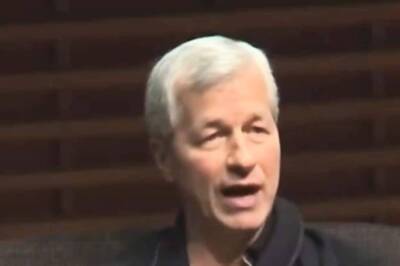


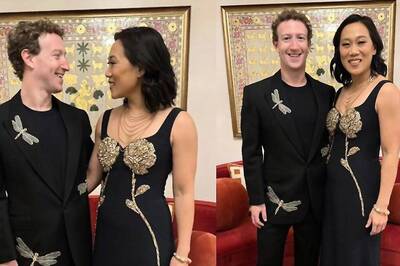


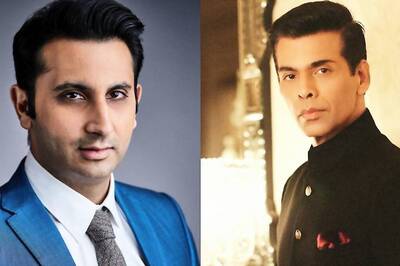
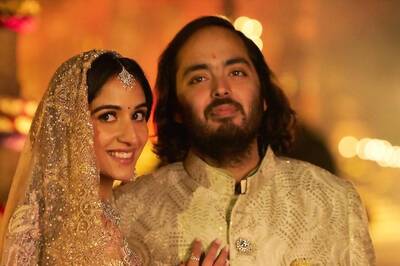

Comments
0 comment